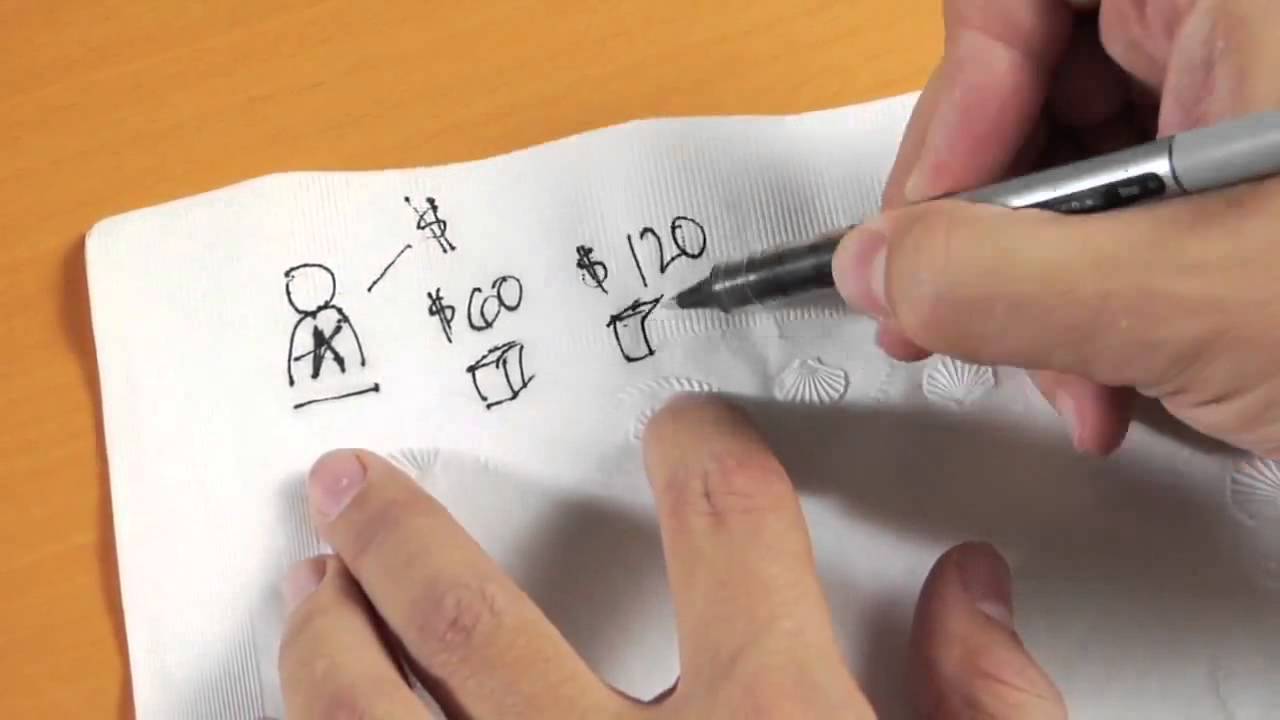
According to the Atlas of Giving in an article published December 8th in the Wall Street Journal, giving is up 12% over last year.
There are two reasons for this. To begin with, the stock market is booming and, secondly, income taxes are higher.
“People are starting to get income-tax projections back from their CPAs and they’re getting walloped. You’re certainly seeing more philanthropy,” says Jonathan Foster, national wealth-management chairman at law firm Greenberg Traurig, in McLean, VA.
Many charities nationwide are experiencing larger increases in donations this year, which is a continuation of a slight post-recession trend, according to USA Today.
Another trend in the major gift field shows more donors directing how their gifts should be used. It used to be that donors just gave the money and trusted the organization to “spend it where most needed.” Younger donors are now demanding not only to decide where the money will be used, but also involving themselves in HOW it is used. This is creating complications for more bureaucratic organizations that find it difficult to treat donors as partners, preferring them to simply stay in the functional position of “sources of cash.”
Jeff and I have talked about this topic quite a bit, i.e., letting the donor sit at the table and operate as any investor might – giving opinions, advice and some direction. Admittedly, this is difficult to do, but if you can pull it off, you will have a friend and partner for life.
So, what steps should you take now that giving is on the rise? Here are some suggestions:
- Increase your urgency in knowing your donor’s passions and interests and how you might satisfy them. Over and over again, Jeff and I see that MGOs who do this right are the ones who successfully secure large gifts from their donors. I have even seen this dynamic happen in the same organization – where one MGO is obsessed with uncovering the donors’ passions and interests and serving them while another just plods along with the “same old same old” strategies. It is no surprise when one gets the $1 million cash gift, as one did several months ago, and the other continues with the $1,000 and $5,000 gifts. Not that those are bad, but there are donors in the lower gift MGO caseload who could give a large gift; however the MGO is not discovering who the donors are. Very sad. The second part of my first point above is very important. Note that I am suggesting, first, to increase your urgency in knowing your donor’s passions and interests. Then I am adding the little phrase “…and how you might satisfy them.” You could easily skip over this phrase and happily read on. But no, don’t do it. If you have all the knowledge about the donor, and do nothing about it, you will get nowhere. So, begin to feel that sense of urgency about satisfying donors’ passions and interests. And do it NOW!
- Find unique ways for your program area to serve donors. This is harder to pull off, but if you uncover a donor interest and passion that doesn’t precisely fit the program, sit down with program leaders and explore how it could slightly be modified to fit the donor. Obviously, you can’t do this for a smaller gift. But if a donor could make a large six or seven figure gift and a slight modification of the program plan could be made without hurting its integrity, then why not do it? Jeff and I find that there are not enough conversations happening between major gifts and program. And the result is that donors go somewhere else to have their passions and interests fulfilled. There is a direct correlation between MGOs who ask “why not?” when it comes to program design and their success in raising large sums of money. Think about it this way: the MGO is an investment counselor both to the donor and to program. They should see themselves as working out a mutually acceptable transaction that is satisfying to both parties. Think of yourself this way too – it will help.
- Make sure you know who is missing. Jeff and I are constantly amazed to find CEOs, Executive Directors, Directors of Development and MGOs who are surprised to know that a major donor last year is missing in action this year! I just don’t understand it. The donor gave you $31,000 last year at this time, but you don’t remember they did and don’t miss them this year!!?? What? Goodness, does someone need to be taken out to the woodshed? You need to be obsessed with knowing where all of your donors are. When a donor is not missed, that is the final confirmation that he or she was not valued. And it is truly a sad day when that happens.
- Provide outrageous donor service. We all know that when the gift comes in, the thank you needs to be out the door within 24 hours or sooner. But what about a phone call or email to update the donor on how things are going? What about a note with another update? Or a picture of a person helped or a situation that has changed because the donor gave? We do not do this enough. We do not tell the donor that her giving has made a difference. And that is why those donors are going elsewhere. The fundraising leader of one of our clients has made it his goal to reduce donor attrition by 20%, which will contribute over $20 million a year to the organization! How is he going to do it? By paying attention to every donor and setting up systems to give regular feedback. It doesn’t take all that much. All it takes is a decision to do something about it – to provide outrageous donor service.
So, giving is up. MGO caseloads are up. Things are looking up. Do you find yourself outside of this reality, where things are down in your world and your experience? If so, consider what you are doing that needs to change. And most fundamentally, bring yourself back to the donors, find out what they are urgent about and then do something about that. It will make a tremendous difference.
Richard







0 Comments